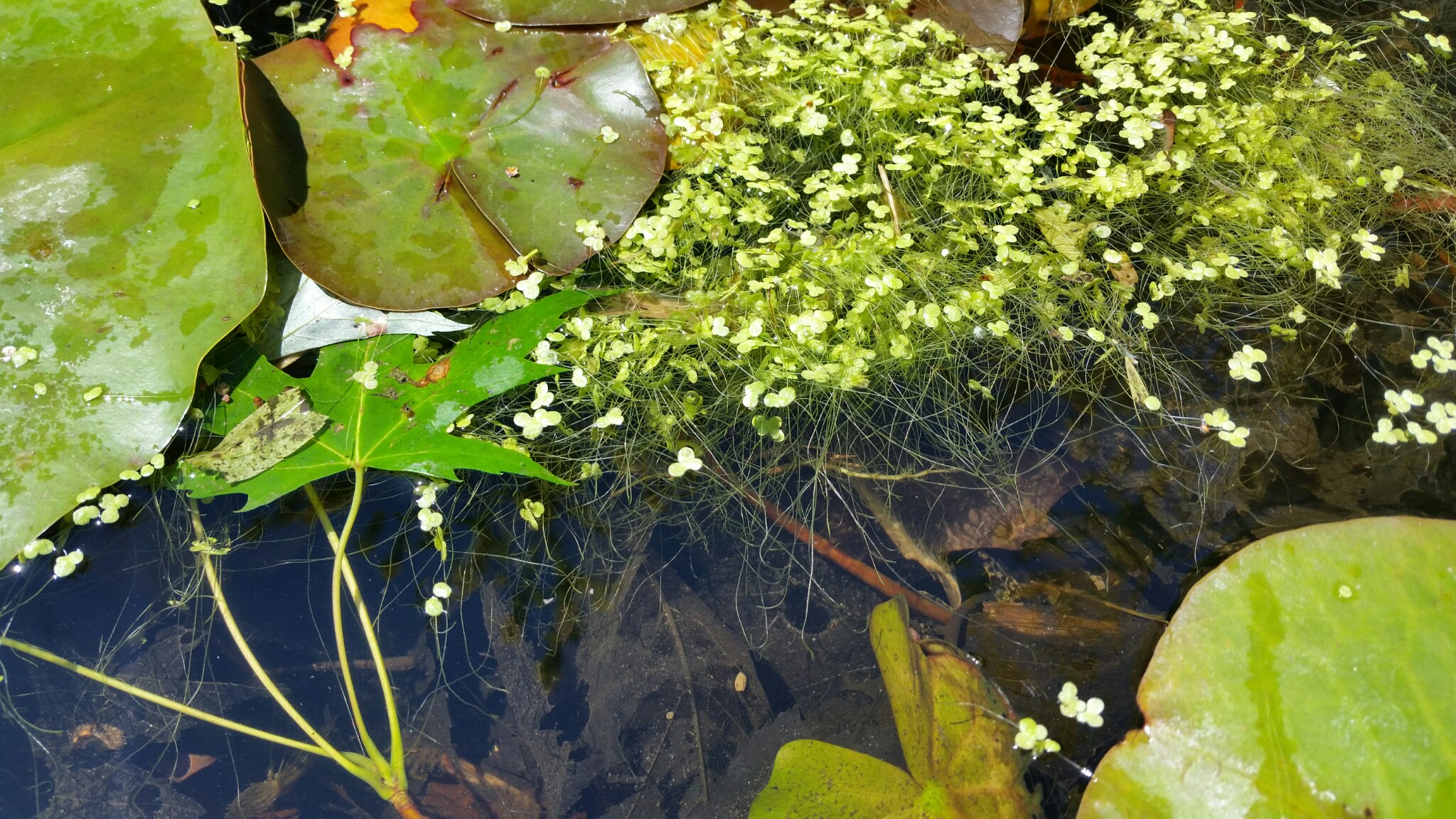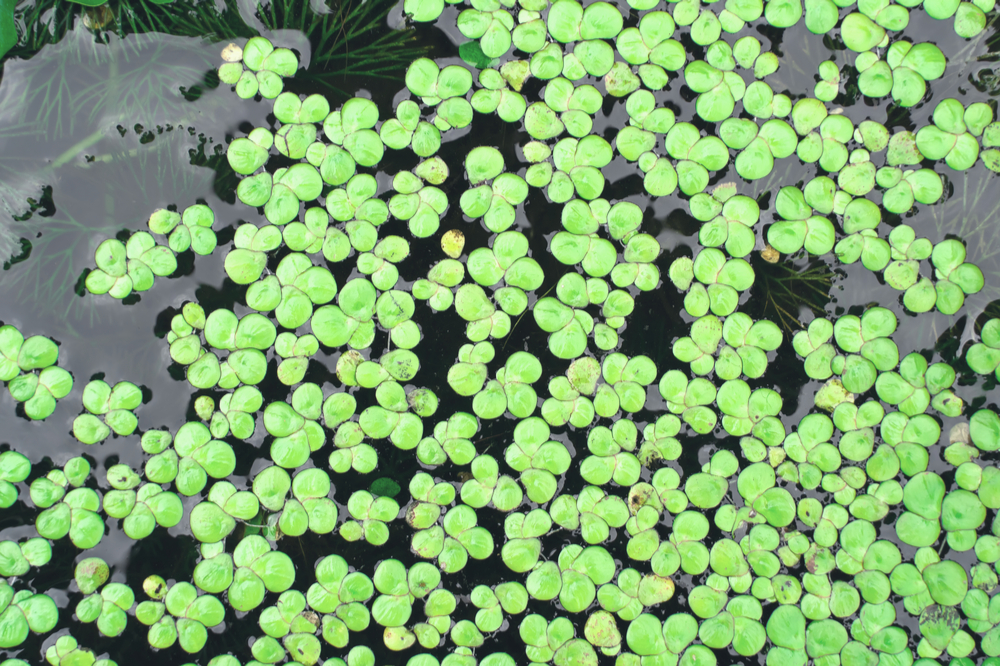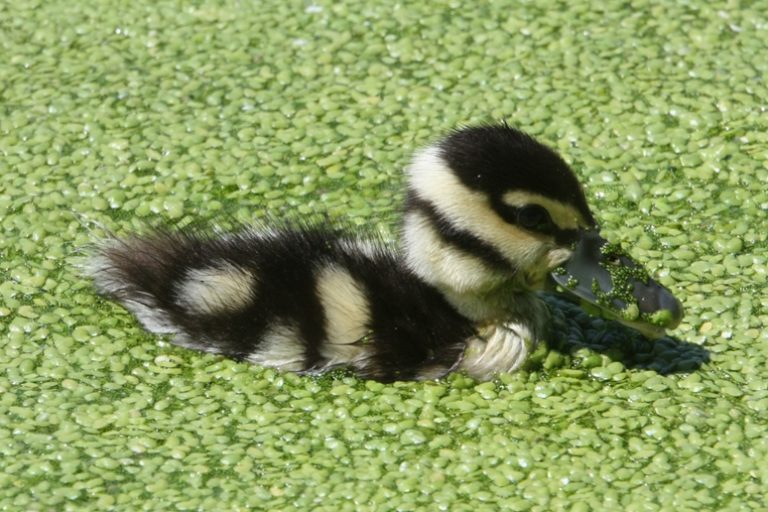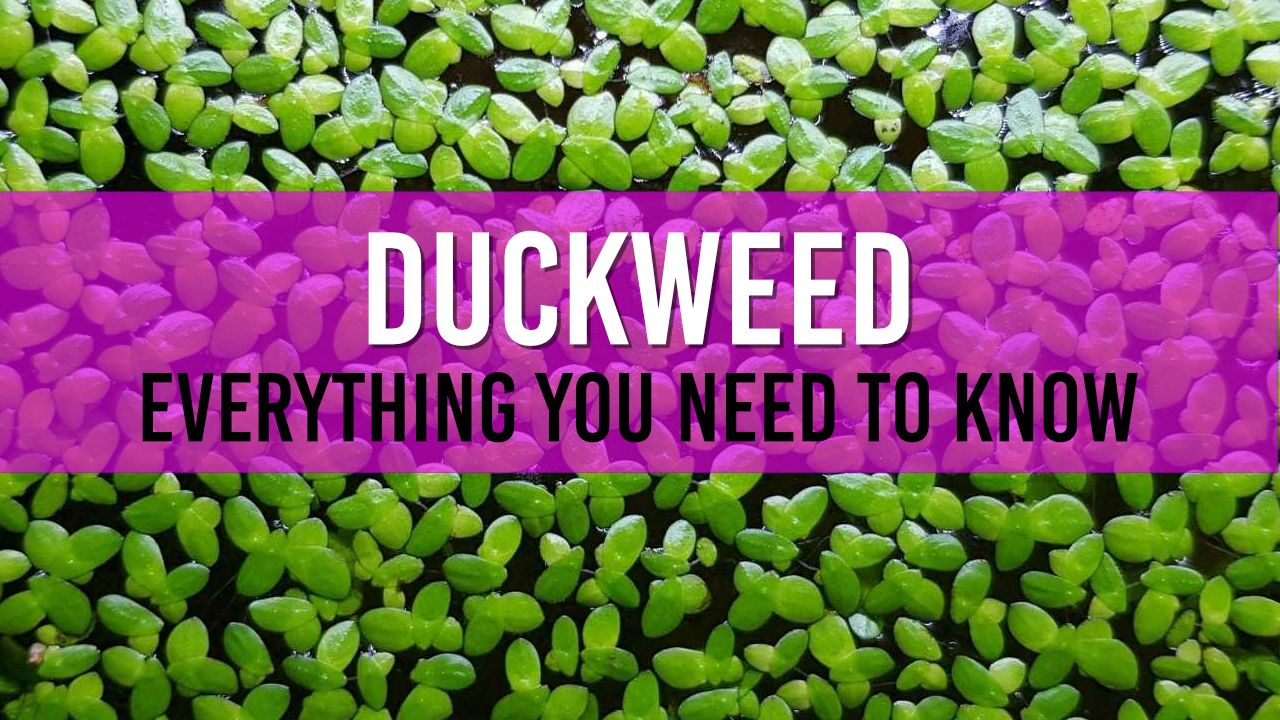What to Look for in a Pond or Lake
When trying to determine what does duckweed look like, it’s essential to understand its typical habitats. Duckweed is commonly found in ponds, lakes, and slow-moving streams with still or stagnant water. These areas often have an abundance of nutrients, which duckweed uses to fuel its rapid growth. To identify potential duckweed infestations, regularly inspect these habitats for signs of duckweed growth, such as patches of bright green vegetation, often accompanied by a decrease in water clarity. Monitoring these areas is crucial, as early detection can make a significant difference in controlling and managing duckweed populations.
The Distinctive Appearance of Duckweed
When trying to determine what does duckweed look like, it’s essential to understand its physical characteristics. Duckweed is a small, free-floating aquatic plant that grows in dense colonies. Its leaves are small, flat, and oval-shaped, typically measuring 1-5 mm in length. The leaves are bright green in color and have a waxy texture. Duckweed also has thread-like roots that hang below the water’s surface, which help it absorb nutrients from the water. One of the key identifying features of duckweed is its ability to form dense mats on the water’s surface, which can give the appearance of a thick, green film. To distinguish duckweed from other aquatic plants, look for its small size, bright green color, and thread-like roots. Watermeal, for example, has smaller leaves and no roots, while other aquatic plants like water hyacinth have larger leaves and more prominent roots.
How to Spot Duckweed in Different Environments
Duckweed can appear differently in various environments, making it essential to understand its various forms to accurately identify it. In dense mats, duckweed can form a thick, green layer on the water’s surface, often resembling a carpet or a blanket. In this scenario, it’s essential to look for the characteristic bright green color and small, flat leaves. In other cases, duckweed may grow as individual plants, scattered across the water’s surface. Here, it’s crucial to examine the leaves and roots closely to confirm the identification. In some instances, duckweed may appear as a thin film on the water’s surface, making it challenging to spot. To identify duckweed in this scenario, look for a subtle change in the water’s color or a slight sheen on the surface. When trying to determine what does duckweed look like, it’s essential to consider these different environments and appearances to ensure accurate identification.
The Role of Light and Nutrients in Duckweed Growth
Duckweed’s rapid growth is attributed to its ability to thrive in environments with adequate light, nutrient-rich water, and warm temperatures. Understanding these factors is crucial in identifying and controlling duckweed infestations. When trying to determine what does duckweed look like, it’s essential to consider the conditions that facilitate its growth. In areas with high levels of nutrients, such as phosphorus and nitrogen, duckweed can grow rapidly, forming dense mats on the water’s surface. Similarly, areas with adequate light, typically in shallow waters, provide ideal conditions for duckweed growth. Warm temperatures, typically above 15°C, also contribute to duckweed’s rapid growth. By understanding these factors, individuals can identify areas that are prone to duckweed growth and take proactive steps to prevent infestations. For example, reducing nutrient runoff from surrounding lands, controlling water temperatures, and limiting light penetration can all help to prevent duckweed growth. By recognizing the role of light and nutrients in duckweed growth, individuals can take a proactive approach to managing duckweed infestations and protecting their aquatic ecosystems.
Duckweed vs. Watermeal: A Comparison of Two Common Aquatic Plants
When trying to determine what does duckweed look like, it’s essential to understand how it differs from other aquatic plants, such as watermeal. While both plants are small, floating, and green, there are distinct characteristics that set them apart. Watermeal, also known as Wolffia, is a smaller, more delicate plant than duckweed, with leaves that are typically rounder and more fragile. In contrast, duckweed has flat, oval-shaped leaves that are more robust and can grow up to 5 mm in length. Another key difference is the root system: duckweed has thread-like roots, while watermeal has no roots at all. Additionally, duckweed tends to form dense mats on the water’s surface, whereas watermeal typically grows as individual plants or in small clusters. By understanding these differences, individuals can accurately identify duckweed and take steps to prevent its growth. It’s essential to note that while watermeal is not as invasive as duckweed, it can still cause problems in aquatic ecosystems if left unchecked. By recognizing the similarities and differences between these two plants, individuals can take a more informed approach to managing aquatic vegetation.
What to Do If You Suspect Duckweed in Your Pond or Lake
If you suspect duckweed growth in your pond or lake, it’s essential to take prompt action to confirm, control, and prevent further infestation. The first step is to visually inspect the area, looking for the characteristic bright green color and small, flat leaves of duckweed. Check for signs of duckweed growth, such as dense mats or individual plants, and take note of the water’s pH, temperature, and nutrient levels. If you’re still unsure what does duckweed look like, consult with a local aquatic expert or conduct further research. Once confirmed, it’s crucial to act quickly to control the infestation. Physical removal of duckweed, such as skimming or raking, can be effective, but it’s essential to dispose of the removed material properly to prevent re-infestation. Additionally, consider implementing preventative measures, such as reducing nutrient runoff, controlling water temperatures, and introducing natural predators. By taking swift and decisive action, individuals can prevent duckweed infestations from getting out of hand and protect their aquatic ecosystems.
The Importance of Early Detection and Rapid Response
When it comes to managing duckweed infestations, early detection and rapid response are crucial. Delayed action can lead to devastating consequences, including the degradation of water quality, loss of biodiversity, and significant economic impacts. On the other hand, prompt intervention can prevent these negative outcomes and even reverse the effects of duckweed growth. By understanding what does duckweed look like and being able to identify it accurately, individuals can take swift action to control and prevent infestations. This includes implementing measures to reduce nutrient runoff, controlling water temperatures, and introducing natural predators. Additionally, early detection allows for targeted and effective treatment, reducing the need for costly and time-consuming remediation efforts. By remaining vigilant and taking proactive steps to prevent duckweed infestations, individuals can protect their aquatic ecosystems and preserve the health and beauty of their ponds and lakes.
Conclusion: Mastering the Art of Duckweed Identification
In conclusion, identifying duckweed accurately is crucial for effective management and control. By understanding what does duckweed look like, its typical habitats, and its physical characteristics, individuals can take proactive steps to prevent infestations and protect their aquatic ecosystems. Remember, early detection and rapid response are key to managing duckweed growth, and prompt intervention can prevent devastating consequences. By remaining vigilant and taking the necessary steps to identify and control duckweed, individuals can preserve the health and beauty of their ponds and lakes. Whether you’re a pond owner, lake manager, or simply an environmentally conscious individual, mastering the art of duckweed identification is essential for maintaining the delicate balance of our aquatic ecosystems.







